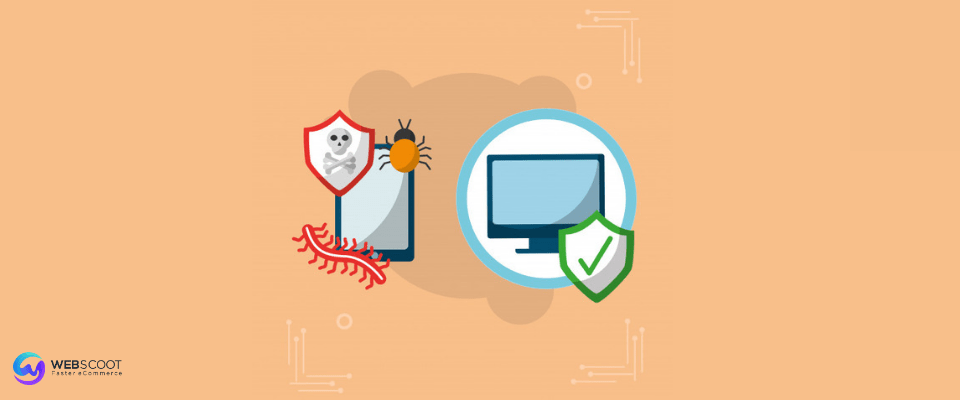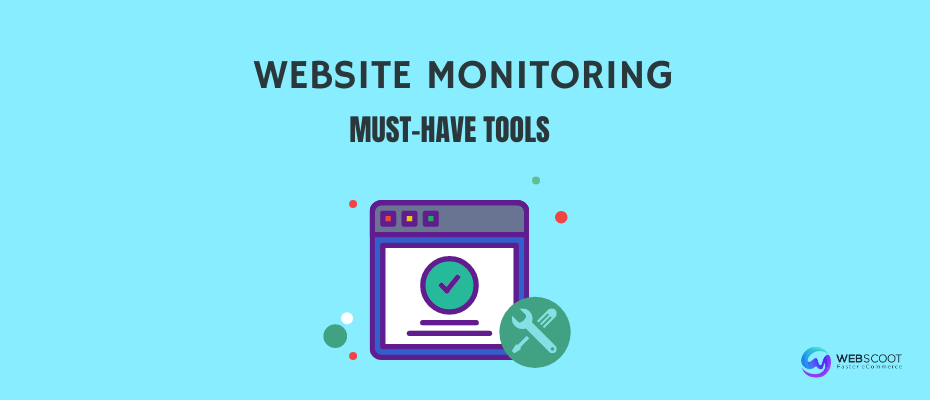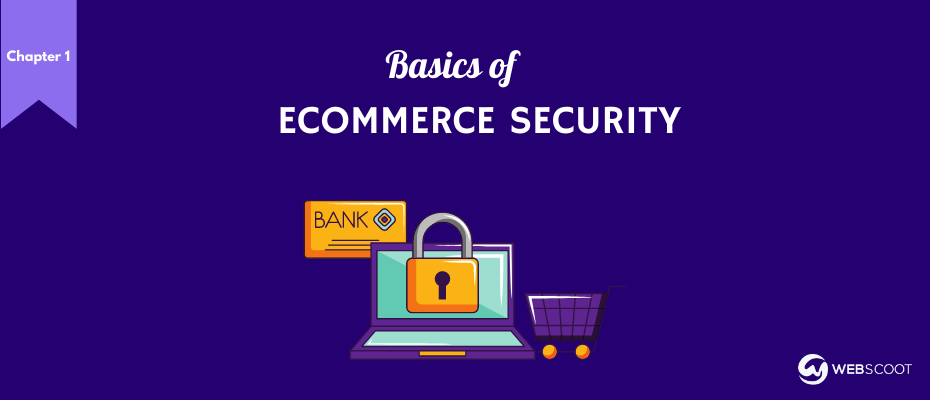Brute force attacks against Magento stores are unfortunately common, as with any popular web framework. Fortunately, they are easily countered as they are often lazy attacks from automated scripts or botnets that try to use the default Magento paths to gain entry. Securing Magento should be on your priority list.
Our support team at Webscoot can help implement any of the changes below to help protect your store.
To help protect your store against attacks, do the following:
- Change the admin path from /admin to something less obvious, this is adjusted in your local.xml file near the bottom
<adminhtml>
<args>
<frontName><![CDATA[notadmin]]></frontName>
</args>
</adminhtml>
- Change the <frontName> variable to adjust this and then clear the Magento cache.
- Password or IP restrict your downloader using our panel access restrictions or an .htaccess file, you can also move the downloader out of the Magento web root completely when not actively using Magento Connect.
- Update Magmi, older versions of Magmi are unsecure and can allow remote users to upload files for remote execution.
- Keep any WordPress installations up to date within your Magento web root, they are another common source of malware.
- Apply any missing patches for your store, our support can help apply these for you. Most Magento 1.x patches are critical to the security
Further securing your Magento admin
If changing the admin path is not sufficient, it is also possible to IP restrict it completely. Contact [email protected] for details on how to restrict this on our hosting.

He is the CEO and founder at MageHost. Sahil loves to solve problems and makes sure his clients have a speedy website. When not working hard on his Mac, he is seen traveling!






0 Comments